Multidetector Computed Tomography in Cerebrovascular Disease —— CT Perfusion Imaging
----- 多层螺旋ct在脑血管病ct灌注成像中的应用
Multi-Detector Computed Tomography in Cerebrovascular Disease: CT Perfusion Imaging is a thorough but concise guidebook for all health care professionals who are involved in caring for patients with cerebrovascular diseases. Especially in this era of rapidly evolving technology, many highly sophisticated imaging techniques and software programs are available. It is essential to understand each techniqueâs underlying concepts, as well as practical postprocessing sequences, before applying the results to daily patient care decisions. The description of the underlying physiologic and technical aspects of computed tomographic (CT) perfusion is quite useful. The first seven chapters are dedicated to this purpose and were well written in an understandable fashion. As a radiologist, I usually find mathematic explanations of CT perfusion measurements and algorithm development a bit difficult to fully understand. In this text, however, the mathematic concept of CT perfusion measurement is made understandable through a superb explanation of these complex equations by Dr Ting-Lim Lee, a well-known expert in algorithm development and the deconvolution method. Cerebral perfusion for in vivo measurement and related physiologic and underlying assumptions are well explained in the following chapters. These chapters include CT perfusion technique applications for the two most frequent clinical uses, acute stroke and postsubarachnoid hemorrhage vasospasm. Each chapter provides excellent illustrations and explanations based on representative clinical cases. The last three chapters describe step-by-step instructions for CT perfusion techniques, explain the clinical value of combining CT angiography, and compare CT perfusion technique with other imaging methods such as positron emission tomography, single photon emission computed tomography, and magnetic resonance imaging. The description of postprocessing technique is practical, informative, and beneficial for those with any level of experience in CT perfusion postprocessing and interpretation. In conclusion, this is a practical and concise CT perfusion imaging guidebook that covers the topic from the basic concepts of CT perfusion imaging to various clinical applications. I would recommend this book to any health care professional who is involved in the care of patients with cerebrovascular diseases, from residents to experienced radiologists, as well as neurologists, neurosurgeons, and radiology technologists. Reviewed by Seon Kyu Lee, MD, PhD BOOK REVIEWS
{{comment.content}}

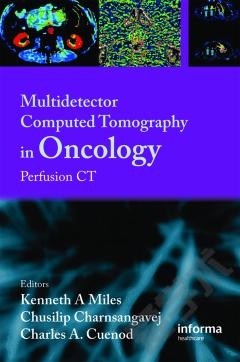
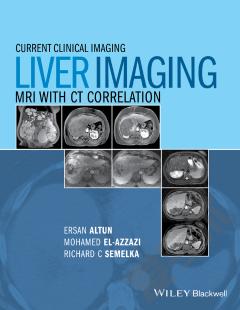
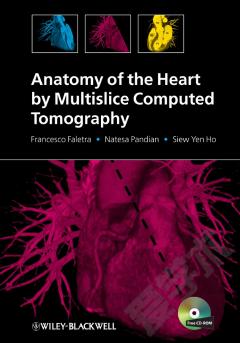
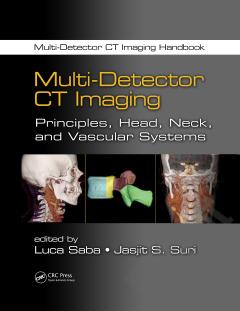
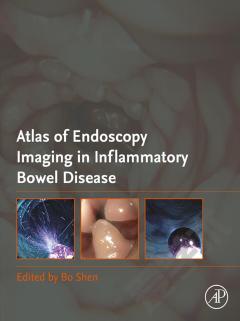


 京公网安备 11010802027623号
京公网安备 11010802027623号